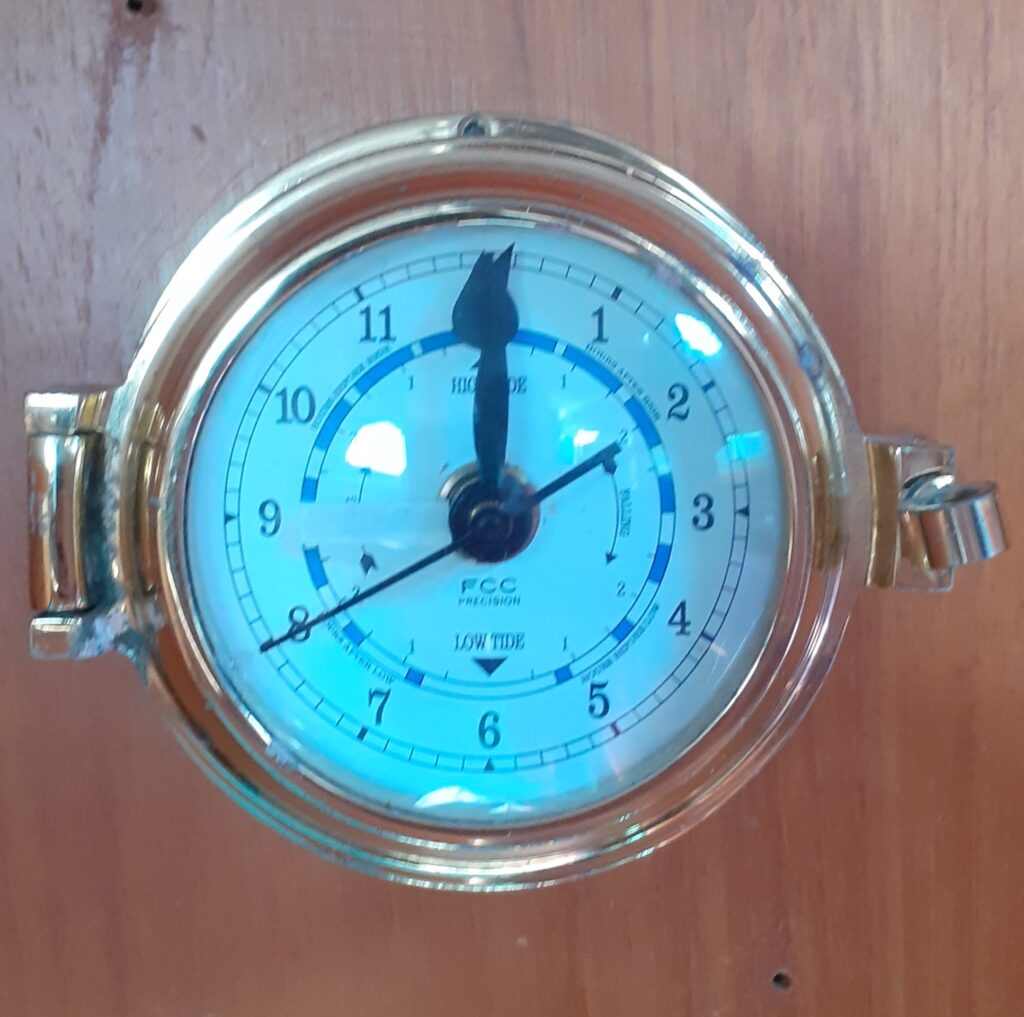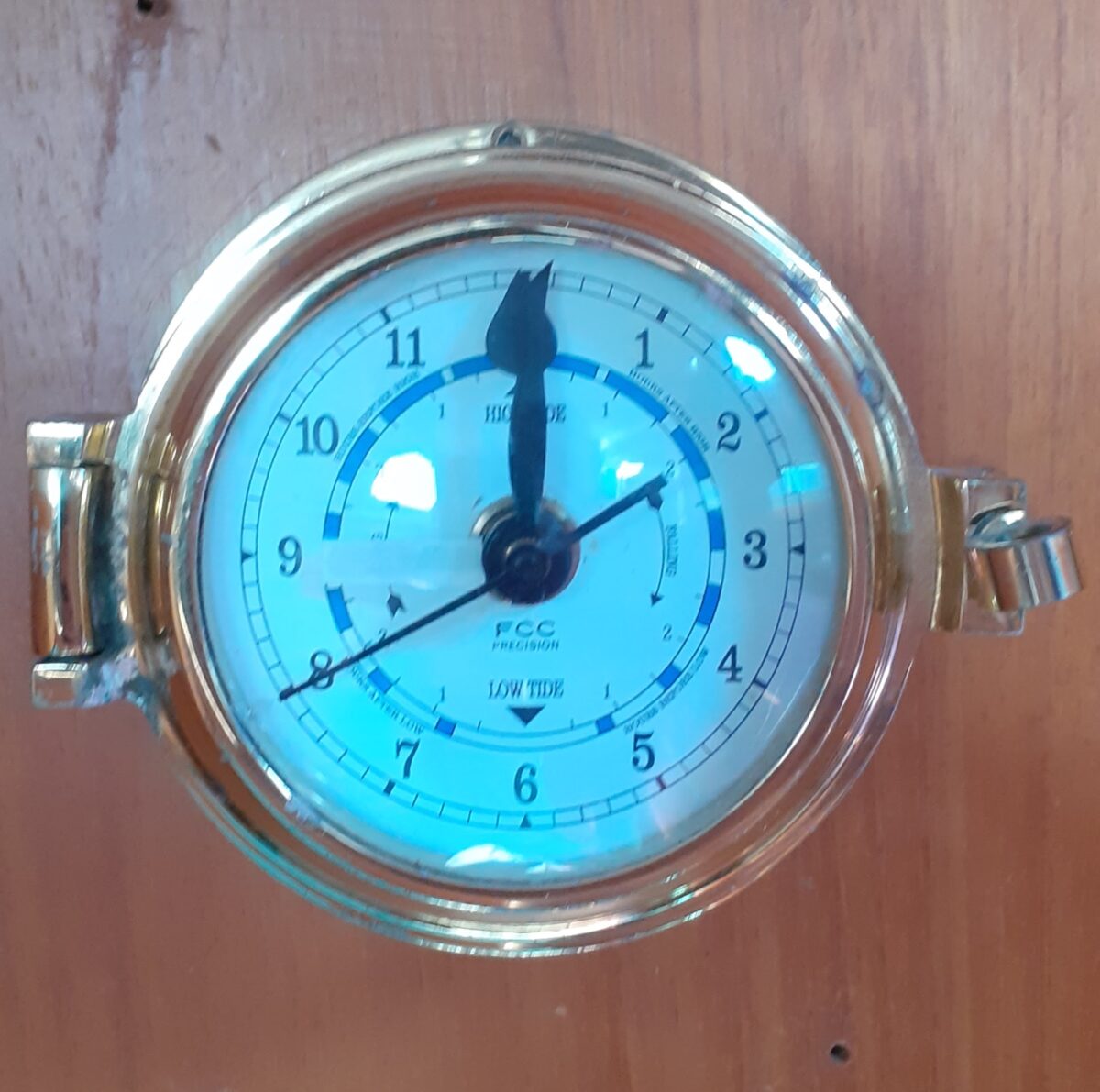“So what did you do all day?” The question was from a manager to a designer and the designer admitted that it annoyed him. But he could not honestly answer the question. He knew that the concept drawings should take about a week of work but he also knew that they would take two weeks to be finished. But where was the other week disappearing to?

People have a feeling for where the “lost” work time goes but, mostly no solid facts. They know that meetings eat time but underestimate the time that reading unnecessary emails destroys. They are aware that answering colleagues’ questions costs them time but fail to consider the time needed to run up their system, keep it up to date or tidy up their IT environment.
As with money, you cannot manage your time if you don’t know where you spend it. Keeping track of what you use your time for is vital to getting organized but is not something people wish to do. They mostly complain that they have too much to do without keeping a timesheet as well.
The last year I have been keeping a track of every working minute. At the beginning of each task I start a timer. At the end of the task I start a timer for the next task and add details to the previous one. Category, client and details are quickly added and saved.
It quickly became apparent how much time I was spending dealing with emails that did not affect me. I asked the senders to cut me out of the emails and not only saved time but avoided boring reading.
When a government department had problems with their infrastructure, I could explain to each client how many billed minutes were a direct result.
When asked how many projects I can handle on average per month, I have a number based on a year of concrete data that includes all the “collateral damage” of working life.
And all that just by adding a few mouse clicks to the end of each task. Time keeping is neither time consuming or onerous but allows fact driven decision making.

